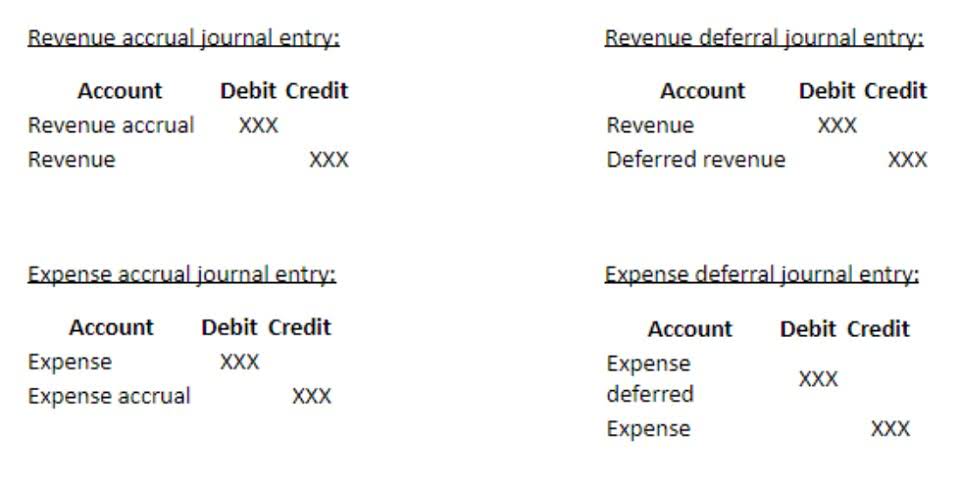Retained Earnings: Calculation, Formula & Examples Bench Accounting

Not sure where to start or which accounting service fits your needs? Our team is ready to learn about your business and guide you to the right solution. Retained earnings are a good source of internal finance used by all organizations. The process of assets = liabilities + equity retaining earnings is also known as « plowing back profits. »

Create a Free Account and Ask Any Financial Question
- Let’s say that in March, business continues roaring along, and you make another $10,000 in profit.
- This action merely results in disclosing that a portion of the stockholders’ claims will temporarily not be satisfied by a dividend.
- Retained earnings are calculated through taking the beginning-period retained earnings, adding to the net income (or loss), and subtracting dividend payouts.
- Now, if you paid out dividends, subtract them and total the ending balance.
- Good accounting software, such as Skynova’s solution for small businesses, can help you with these types of calculations.
Retained earnings can typically be found on a company’s balance sheet in the shareholders’ equity section. Retained earnings are calculated through taking the beginning-period retained earnings, adding to the net income (or loss), and subtracting dividend payouts. Retained earnings are the cumulative profit and losses of a company that has been reinvested into the business rather than being distributed as dividends to shareholders. Retained earnings are reported on the balance sheet under shareholder equity, which is classified as a long-term asset. Retained earnings, also known as retained profit or earned surplus, is the portion of a company’s profits that are are retained earnings a current liability not distributed to shareholders as dividends.

Retained Earnings: Calculation, Formula & Examples
- In the above formula, companies may either have profits or losses during a period.
- A fourth reason for appropriating RE arises when management wishes to disclose voluntary dividend restrictions that have been created to assist the accomplishment of specific organizational goals.
- Revenue is heavily dependent on the demand for a company’s product.
- Retained earnings are also known as accumulated earnings, earned surplus, undistributed profits, or retained income.
- Sandra Habiger is a Chartered Professional Accountant with a Bachelor’s Degree in Business Administration from the University of Washington.
- At least not when you have Wave to help you button-up your books and generate important reports.
- Since revenue is the income earned by a company, it is the income generated before the cost of goods sold (COGS), operating expenses, capital costs, and taxes are deducted.
Those costs may include COGS and operating expenses such as mortgage payments, rent, utilities, payroll, and general costs. Other costs deducted from revenue to arrive at net income can include investment losses, debt interest payments, and taxes. Revenue and retained earnings provide insights into a company’s financial performance. It reveals the « top line » of the company or the sales a company has made during the period. Retained earnings are an accumulation of a company’s net income and net losses over all the years the business has been operating. Retained earnings make up part of the stockholder’s equity on the balance sheet.
- Now your business is taking off and you’re starting to make a healthy profit which means it’s time to pay dividends.
- Retained earnings are recorded under shareholders’ equity, showing how these earnings can be used as a tool to generate growth.
- Companies may have different strategic plans regarding revenue and retained earnings.
- Because the company has not created any real value simply by announcing a stock dividend, the per-share market price is adjusted according to the proportion of the stock dividend.
- Moreover, these earnings can be used to repay debt or finance other operations.
How to Calculate Retained Earnings: Formula and Example
11 Financial is a registered investment adviser located in Lufkin, Texas. 11 Financial may only transact business in those states in which it is registered, or qualifies for an exemption or exclusion from registration requirements. If significant capital investments are anticipated, retaining earnings to cover these costs can be more advantageous than external financing. Stable companies might retain more earnings as a safeguard against economic downturns, while those with less risk may distribute more dividends. By investing in research and development, businesses can develop innovative products and services and maintain a competitive edge in the market.

- Furthermore, the amount of retained earnings is an indication of the company’s profitability and the efficiency of management in allocating resources.
- It is easier to understand what retained earnings are after defining them.
- Retained earnings may also appear as a negative balance on the balance sheet.
- Management, on the other hand, will often prefers to reinvest surplus earnings in the business.
- Retained earnings are important because they can be used to finance new projects or expand the business.
- In this case, some people may confuse retained earnings for liabilities.
- On the other hand, it could be indicative of a company that should consider paying more dividends to its shareholders.
Retained earnings are Bookkeeping for Chiropractors a major component of a company’s financial statements and one of the most important components of shareholders’ equity. It is important to understand how retained earnings are classified to correctly analyze a company’s financial position. Retained earnings is the residual value of a company after its expenses have been paid and dividends issued to shareholders.


Leave a Reply